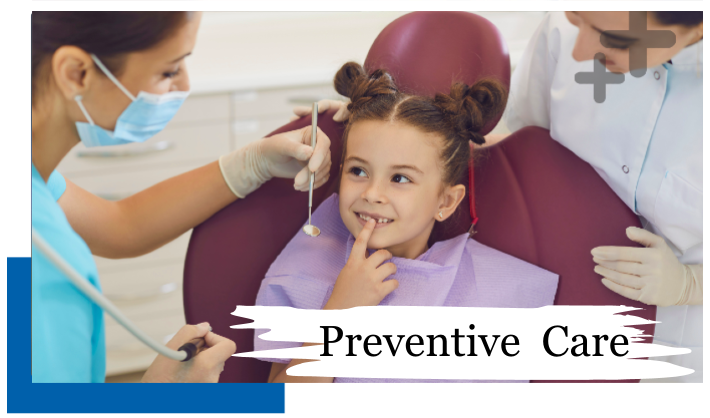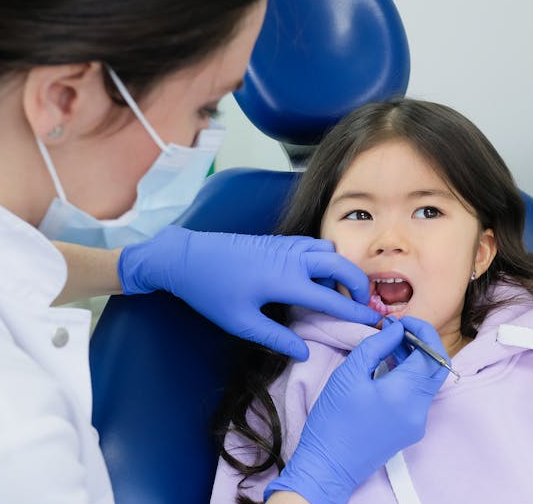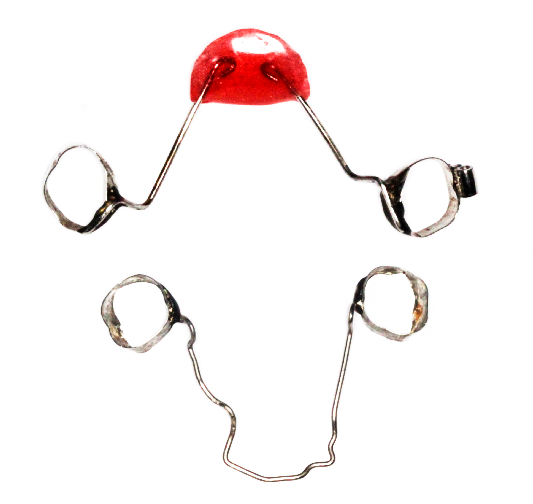Preventive and Interceptive Orthodontics
Early Intervention: The Key to a Healthy Smile


Locations
Andheri, Goregaon, Vile Parle, Powai
Call us
drvidhibracesspecialist@gmail.com
As it is rightly said in medicine that “Prevention is better than cure “, this also holds true for dental health. Preventive orthodontics is essentially a proactive approach which involves comprehensive monitoring of your child’s developing teeth and jaws at regular intervals. It focuses on

The primary care-givers for any child are the parents. Hence, it is very important for the parents to understand the importance of
These synchronized efforts by the parents and us ensures healthy development of your child’s teeth and jaws. It reduces the future need of extensive and invasive orthodontic treatment.

Harmful oral habits refers to certain actions that, involve the teeth and other oral and peri-oral structures like the tongue, lips, etc which are repeated often by the child to have long term deleterious effects on the proper growth of the jaws and positions of the developing teeth. Some of these harmful habits are
Early diagnosis of these habits, proper counselling of the parents coupled with motivating the child to break the habit can prevent these damaging influences on the developing jaws and teeth.
Interceptive orthodontics refers to measures taken for early intervention to intercept and eliminate any existing or developing skeletal, dental and muscular imbalances that may interfere with the optimal development of your child’s teeth and jaws. These measures are typically undertaken for children between the ages of 7 to 10 years, during their mixed dentition phase, when they have both milk teeth and permanent teeth. This phase of treatment is also called as Phase 1 treatment. The aim is
Worldwide, all Orthodontists recommend that as a general rule of thumb children should first see an Orthodontist when they are around 7 years old. At this age we will:
Parents play a crucial role in the success of these treatments by
Early diagnosis and treatment can address the discrepancies in jaw growth, ensuring that the upper and lower jaws grow in harmony. This treatment helps to achieve a more healthier and functional bite and reduces the severity of future issues.
Thumb sucking, tongue thrusting, and mouth breathing can negatively impact dental development. Early intervention with habit breaking appliances can help correct these habits.
By guiding the eruption of permanent teeth, preventive and interceptive treatment can improve overall tooth alignment and prevent severe crowding.
Correcting protruding teeth early on can reduce the risk of dental trauma.
Early evaluation allows for the timely detection and treatment of existing problems and helps to simplify and shorten the duration of future orthodontic treatments if needed.
Preventive and Interceptive orthodontics is a proactive approach and an essential component of maintaining long-term dental health. By addressing issues early, we can help ensure a beautiful, healthy smile for your child that lasts a lifetime. If you have any concerns about your child’s dental development, don’t hesitate to schedule an evaluation with our expert Orthodontist Dr. Vidhi Shah.